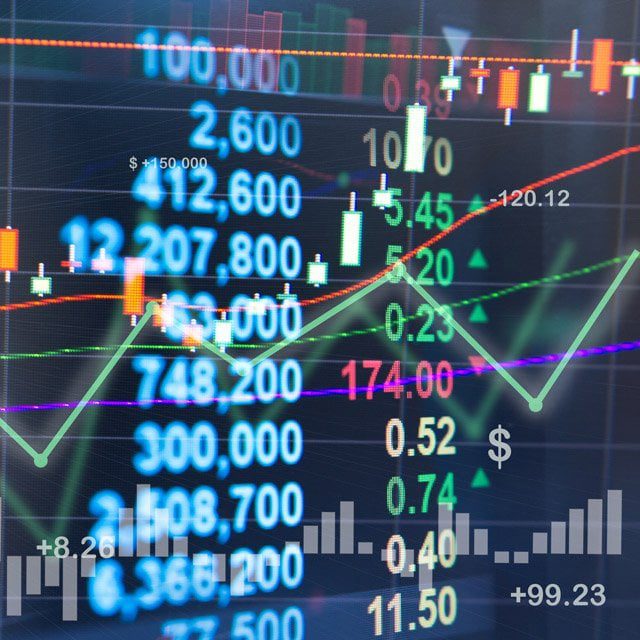S&P 500's Slide From Record Deepens as Tech Sinks

The stock market headed toward its longest losing streak since January as a handful of big techs sold off — despite a slide in bond yields.
Equities fell for a fourth straight day, with the S&P 500 extending a drop from its all-time high to more than 4%. Chipmakers bore the brunt of the selling after ASML Holding NV’s orders tumbled. Nvidia Corp. led losses in megacaps.
A tug of war between bulls and bears unfolded amid the expiration of VIX options — with Wall Street’s favorite volatility gauge whipsawing.
The U.S. economy has “expanded slightly” since late February — and firms reported greater difficulty in passing on higher costs, the Fed said in its Beige Book survey of regional business contacts.
After a 10% stock rally in the first quarter — the strongest start to a year since 2019 — investors have been increasingly skeptical about how much further the market could go over the near term, even accounting for the continued strength in the economy.
“The combination of geopolitical uncertainty, rising interest rates, Fed hawkishness, and inflation frustration have combined to put bears temporarily in charge,” said Mark Hackett at Nationwide.
The S&P 500 hovered near 5,030. The Nasdaq 100 dropped about 1%. Treasuries extended gains amid strong demand in a $13 billion sale of 20-year bonds. Just a day after Jerome Powell thew cold water on rate-cut bets, dip buyers emerged, with two-year yields dropping further below 5%.
Powell signaled Tuesday that policymakers will wait longer than previously anticipated to cut interest rates following a series of surprisingly high inflation readings. Fed officials narrowly penciled in three cuts in forecasts published last month — but investors are now betting on just one to two this year, futures markets show.
“Fed Chair Powell was downright hawkish,” said Win Thin and Elias Haddad at Brown Brothers Harriman. “The Fed wants the market to do the tightening for them. Financial conditions remain too loose and so some combination of higher yields, wider spreads, stronger dollar, and lower equities is needed to tighten conditions.”
While global equities are facing tactical headwinds, this is just a consolidation phase and stocks are expected to keep rising this year, according to UBS strategists led by Andrew Garthwaite.




